Driven to Fail Podcast Finale: The Datsun Son
Does ambition make us who we are? Is it possible to see yourself as others do?
Two months ago, Hagerty launched a podcast miniseries called Driven to Fail. The show is about what happens when things go wrong—what we do when life falls apart, and what we learn while trying to put it back together. Each installment is an hour, give or take, a candid conversation with a single guest.
I’m Sam Smith, the host. You can read more about the show here.
For seven weeks, we’ve released one new Driven to Fail episode each Tuesday. Today brings our eighth and final episode. To close out an intensely personal show, we’ve gone a bit more personal than usual: Our guest was one of my childhood heroes.
Episode 8 begins streaming today. Our guest is John Morton—a Datsun driver, a former floor-sweeper for Carroll Shelby, a large part of why Japanese cars came to matter in America, and the beloved face of a spunky little cult.
Full disclosure: He’s also on a poster on my office wall.
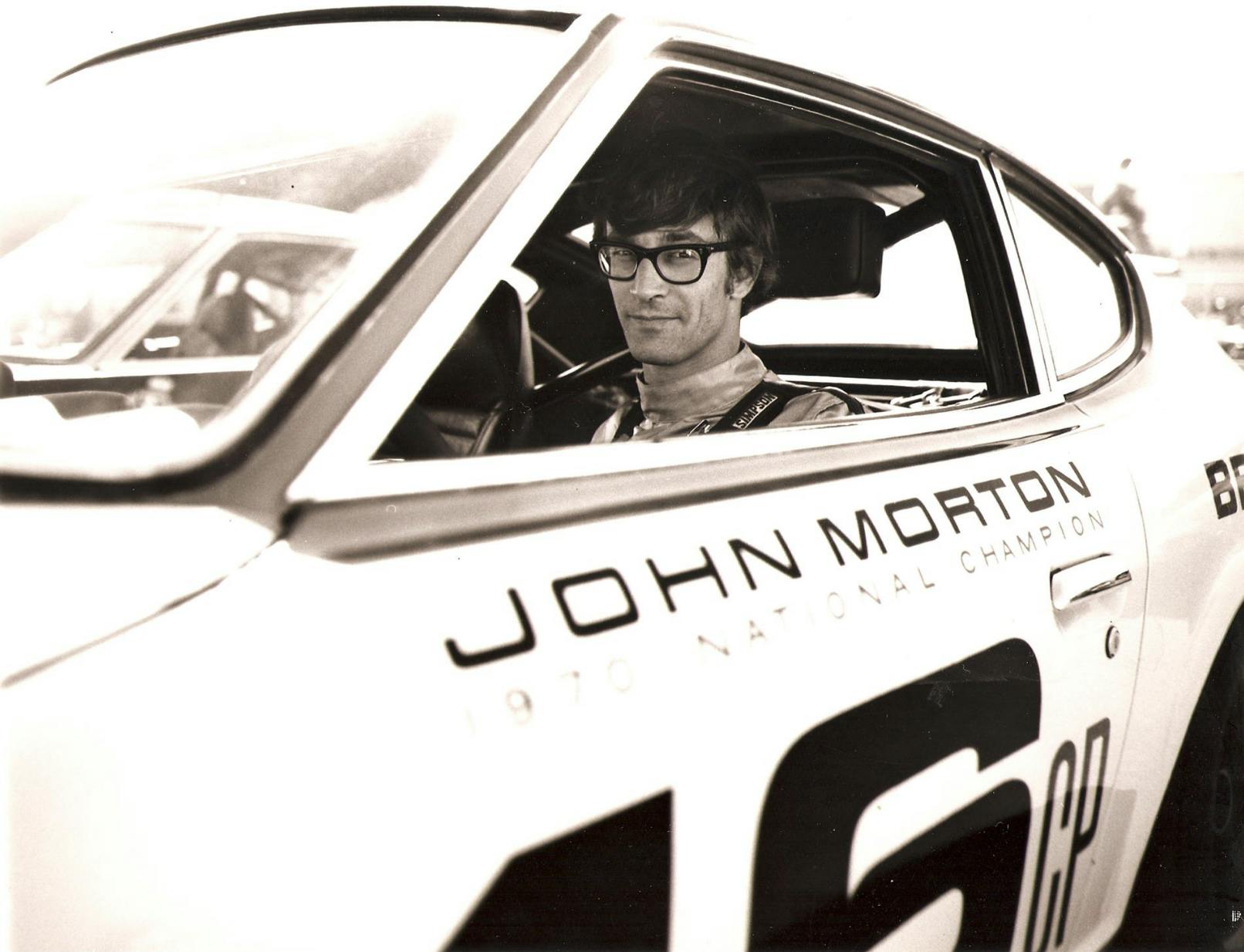
In the early 1990s, in middle school, I discovered a book called The Stainless Steel Carrot. Its pages tell the true story of an introspective and occasionally scared young man once loved by thousands, a 1970s hero whose actions helped kick off a national obsession with Japanese performance cars, and who now lives a quiet life in retirement in Southern California.
John Morton got his start pushing a broom for the legendary Carroll Shelby, but he always wanted to reach the top—open-wheel, Indy cars, possibly even Formula 1. In the 1960s, he dropped out of Clemson University to drive across the country and attend Shelby’s racing school in Los Angeles. Shortly after, with only a sliver of racing experience, he talked his way into sharing a factory big-block Cobra at Sebring, a last-minute seat in a car he’d never tried, at a track he’d never driven, co-driving with the one and only Ken Miles.
Morton spun almost immediately, but it was dark, and it was 1964, and so no one noticed, and so he didn’t get chewed out. The nearly four decades of professional race driving that followed produced that revealing book, by Sylvia Wilkinson, a chronicle of ambition and the intelligent frustration of careful men. The span also gave Morton multiple SCCA titles, some time in Indy cars, seat time in Porsche 962s and Group 44 Jaguars, and wins at Le Mans and Sebring.
One day, however, stands above the rest, ostensibly less glamorous but far more spectacular for those who know. In the fall of 1971, in a Datsun 510, in one of the greatest racing series that ever was, Morton won one of the most spectacular and vibrant road races this country has ever seen.
People remember him for that day—for his bare-knuckled, slide-filled, contact-laden battle with Horst Kwech’s Alfa Romeo, and for the never-say-die vibe it all seemed to represent.
We do not get to choose how our work is seen by others, and a goal can be a double-edged sword. On one hand, it’s hard to get anywhere if you don’t know where you want to go. On the other hand, it’s entirely possible to have a successful life without landing the one thing you’ve wanted forever.

Does missing that kind of goal make you a failure? Of course not. But it can change how you see what you did accomplish.
***
As we close out the show’s first season, I want to briefly discuss the why here. This world has a lot of podcasts. Most are loosely formatted chat shows or self-promotional drivel. I built this show because I wanted to make a point.
I wanted to talk about the subjects we tend to keep off the table. The hard choices we are forced to make in the wake of misfortune or a bad day or month or year, and the way in which those choices change us.
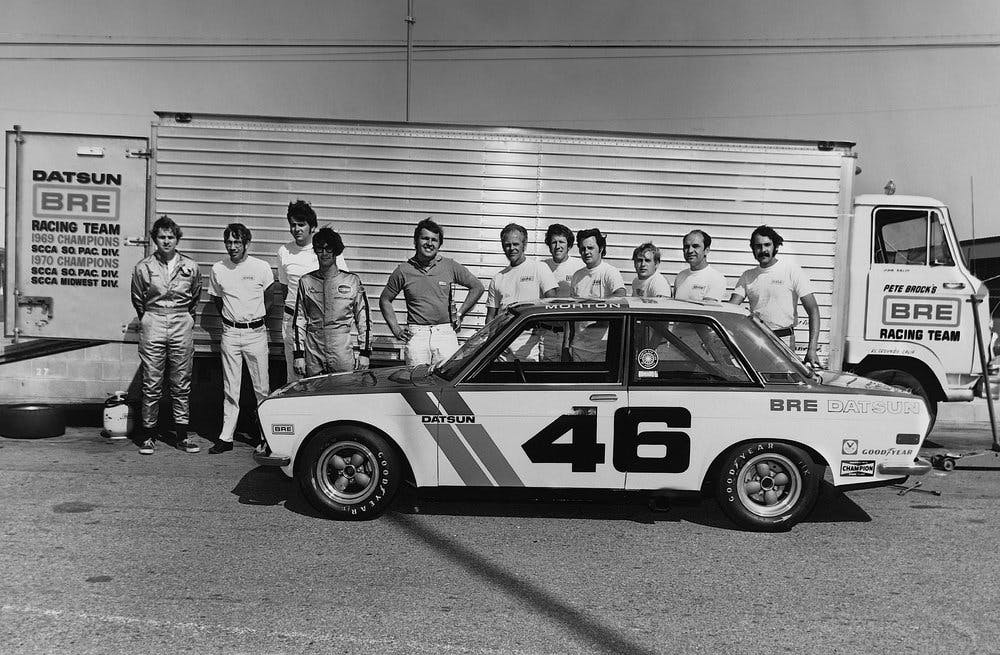
So much of our social approach to getting better can be summed up by the old marketing phrase “hide the hardship.” We tend to view the sharing of our stumbles as weakness, as if any of us goes through life without having to learn from mistakes or bad luck. As if our entire species is just this orderly progression of a few billion champions, stars who win every day and know everything from birth.
What bunk.
Honesty wins. We either share something real without care for how it makes us look, or we are each just another ad.
***
Driven to Fail was my idea, but I’m not, as my namesake sang, the only one. This production could not have happened without the hard work and trust of others.
To our guests: Thank you for taking a chance on an unproven idea, and for sharing the deeply personal without an ounce of hesitation or reservation. Your candor wasn’t just revealing—it was uplifting and wonderful, and it literally made the show.
To Mike Perlman, our much-missed former producer: You believed in this idea and in me, and you never hesitated to speak up if you thought I was wrong. No creative endeavor goes anywhere without those qualities; your bright and tireless approach was simply icing on the cake. If that weren’t enough, you own a BMW 2002. Perlmensch forever.

To Matt Tuccillo, Hagerty’s video and podcast director: I ring the applause gif for you.
To Jason Vines: For gifting to my lexicon the phrase, “Just tell the f***ing truth already.” It will never leave.
To the management heads—LW, JB, EW, and PR—without whose patience and faith this project would not exist.
Finally, I’d like to thank all of our listeners. Your response has been overwhelming and overwhelmingly positive. You took a chance on me, and on a show with a funny name, and you chimed in to let me know what you thought.
Thank you for everything. It’s been a pleasure.
***
Where to find us
Driven to Fail can be downloaded or streamed wherever you get your podcasts. This link will take you to the show’s Apple page. Its home on Spotify is here.
If faces are more your thing, a video of each episode lives on the Driven to Fail YouTube channel.
If you try our show and like it, please tell your friends. Even better, share a link or leave a positive review. A warm response will help make a second season happen, so hearing from you matters.
Barring all that, drop a line directly: spsmith@hagerty.com. Whether it’s on my byline here, my work for Hagerty’s video channel, or this podcast, I always love hearing your thoughts.
Thanks for listening!
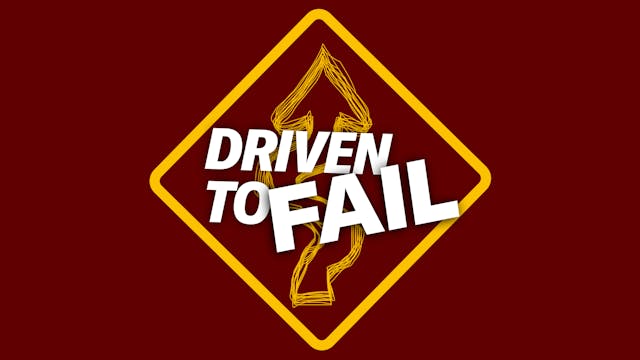
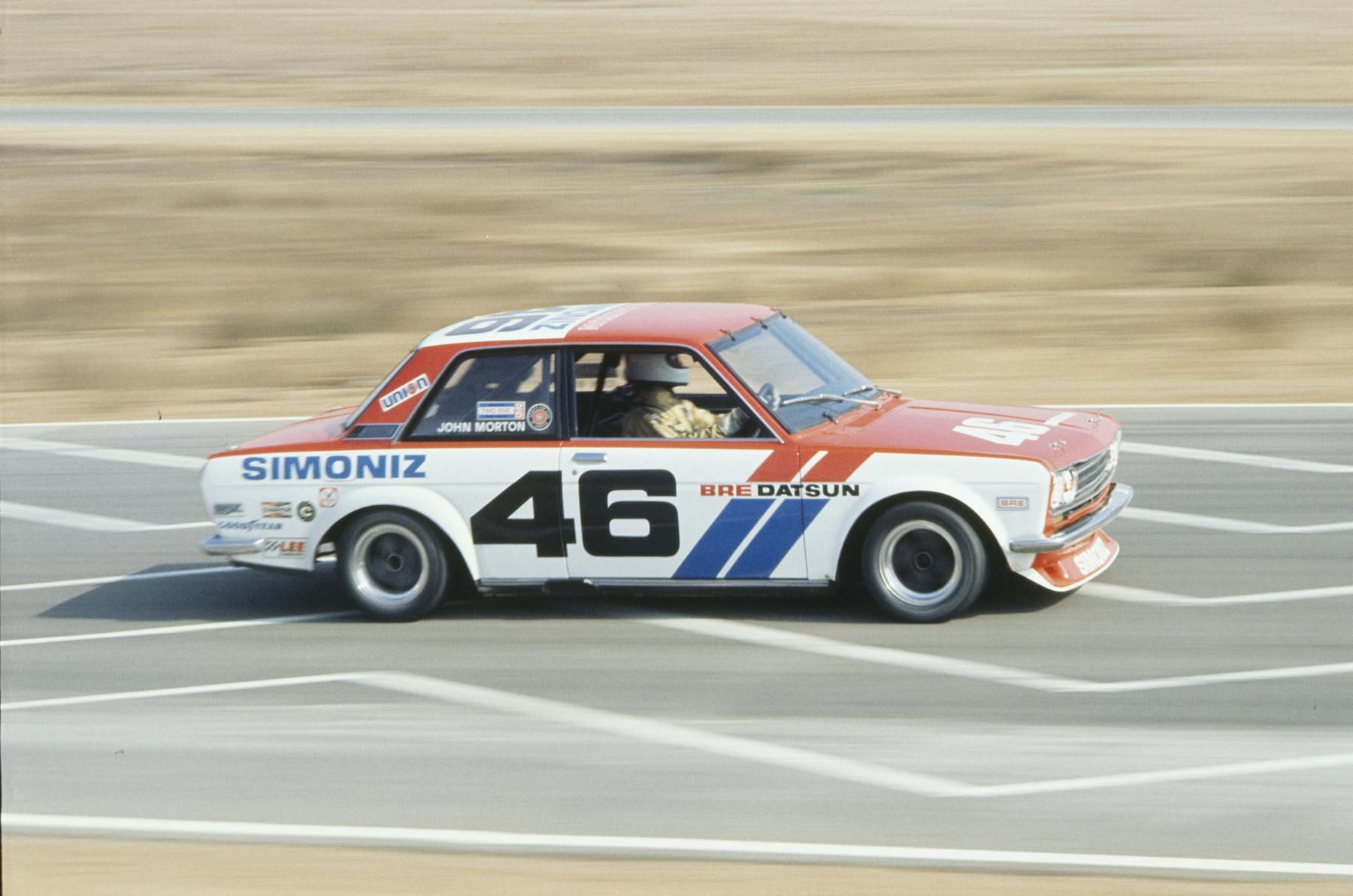
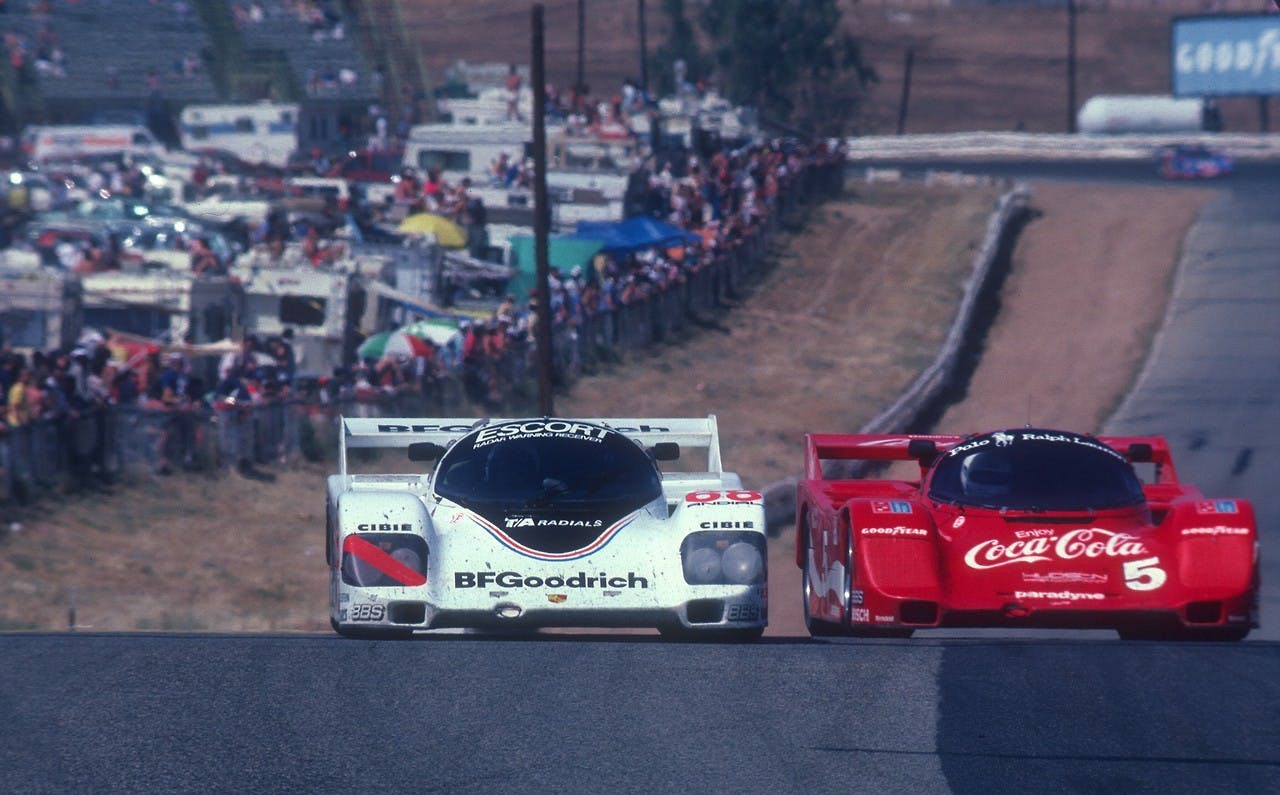


I’ve only had time to listen to the first one so far, but it was spectacular. The more Sam Smith the better, I say.
So, yes, I was wrong last week when I thought that Episode 7 was the season’s last; however, I am still just as fervent in my praise for Sam’s work here, and in my hope for his return for more.
The best story so far. From lucky coincidences to the top in ’71 to a long sort of catch as catch can period. Through it all he remains a decent man who, as best I can tell, has lived the sort of full, happy life that we all wish for ourselves. Could we do a follow-up with Sylvie? 🙂
Another gift from Sam Smith, a man of parts.